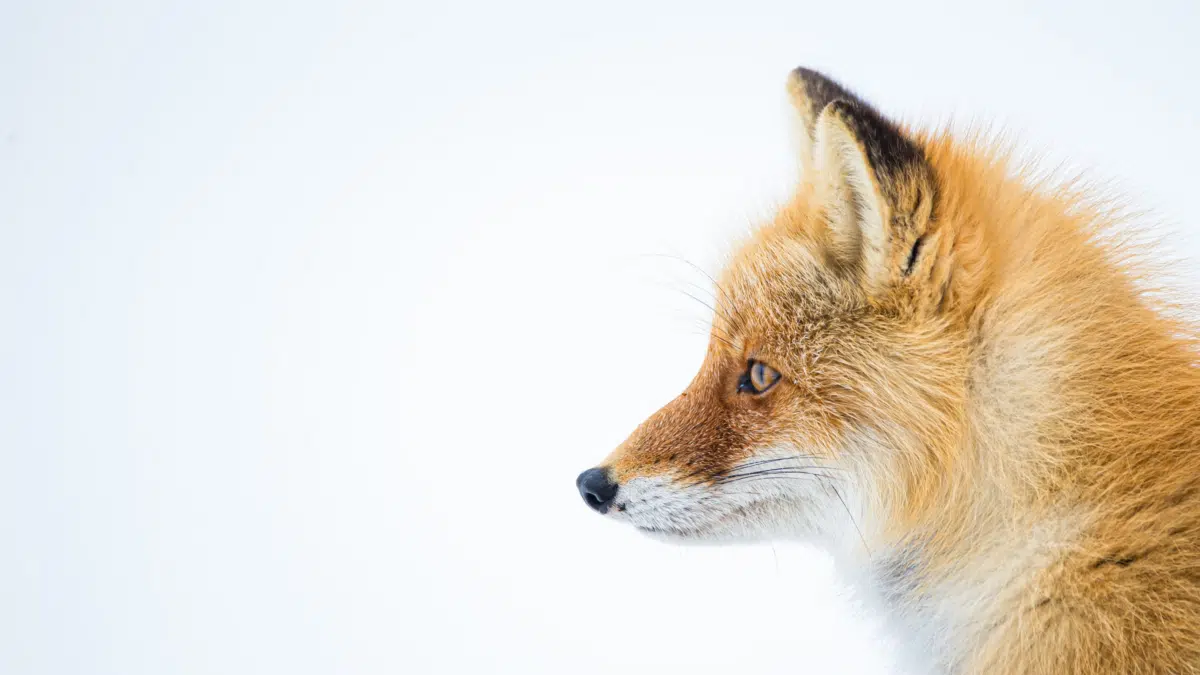Foxes, with their cunning and elusive nature, have long captivated the human imagination. Among these fascinating creatures, the red fox stands out not only for its sly demeanor but also for its impressive size. As the largest species of fox globally, the red fox, scientifically known as Vulpes vulpes, inhabits vast regions across the northern hemisphere, from Eurasia to North America and North Africa. Let’s delve into the intriguing world of the red fox, exploring its size, habitat, physical characteristics, behavior, diet, and lifespan.
Size and Habitat
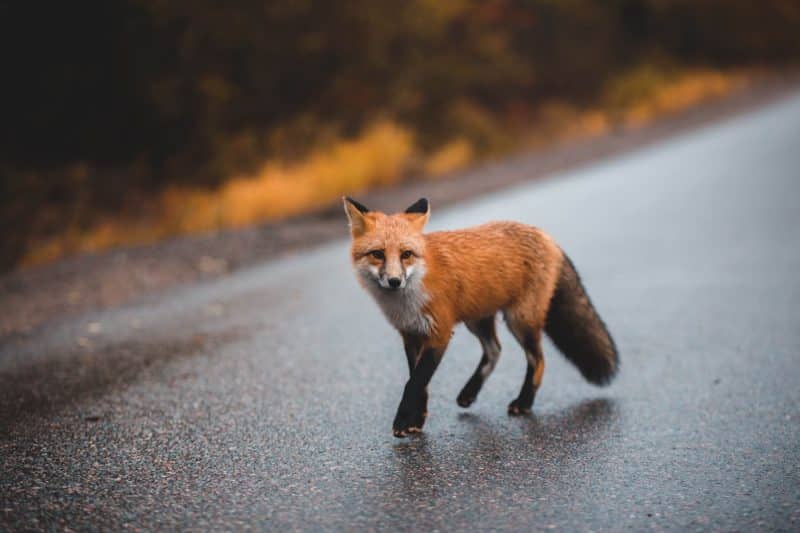
Adult red foxes typically measure between 45 to 90 cm in body length, with an additional 30 to 55 cm for their bushy tails. Standing at shoulder heights ranging from 35 to 50 cm, these foxes exhibit considerable size variations, with weights ranging from 2.2 to 14 kg. Notably, female red foxes, known as vixens, generally weigh 15 to 20% less than their male counterparts. While red foxes are widely distributed throughout the northern hemisphere, including Eurasia, North Africa, and North America, there are variations among populations. For instance, American red foxes tend to be lighter compared to their Old World counterparts.
Physical Characteristics
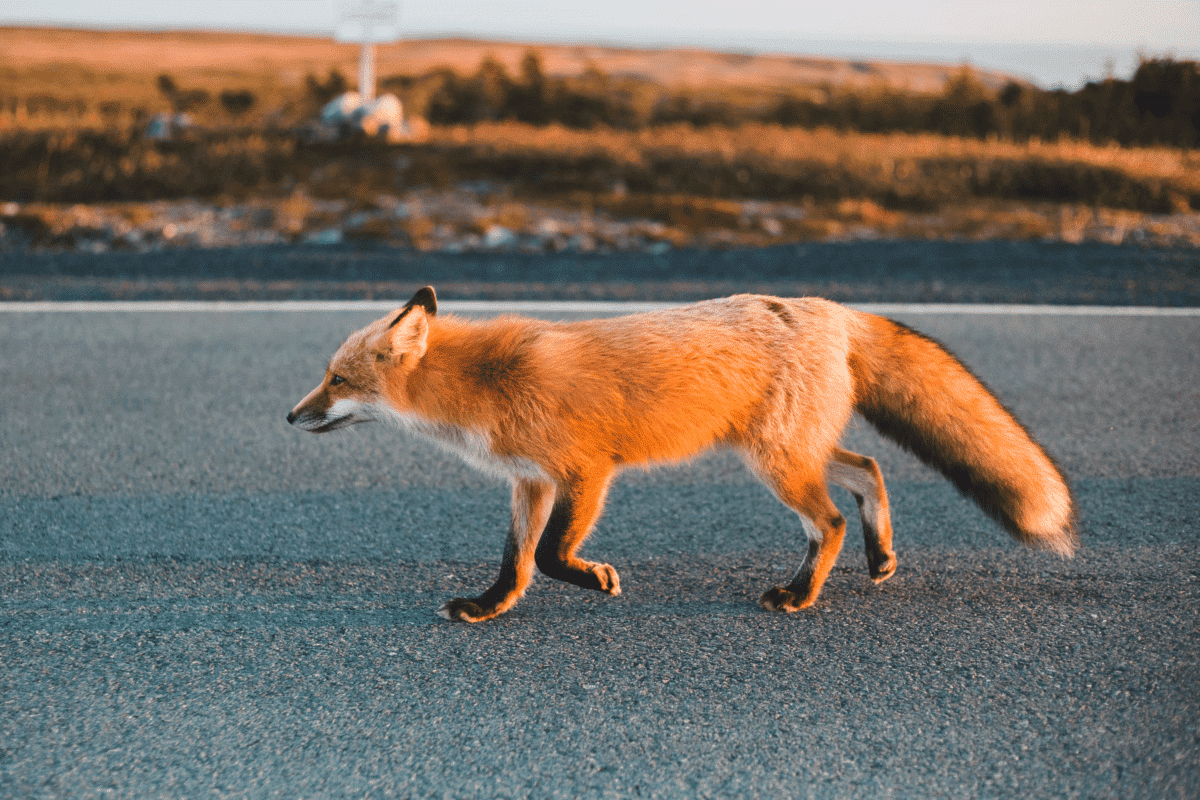
Red foxes are renowned for their striking appearance, characterized by rusty-red fur that covers their bodies, along with white-tipped tails and black legs. Their dense fur helps them endure harsh climates, providing insulation during cold winters. Additionally, red foxes possess keen senses, including sharp eyesight and acute hearing, aiding them in hunting and navigating their surroundings with precision.
Behavior and Diet
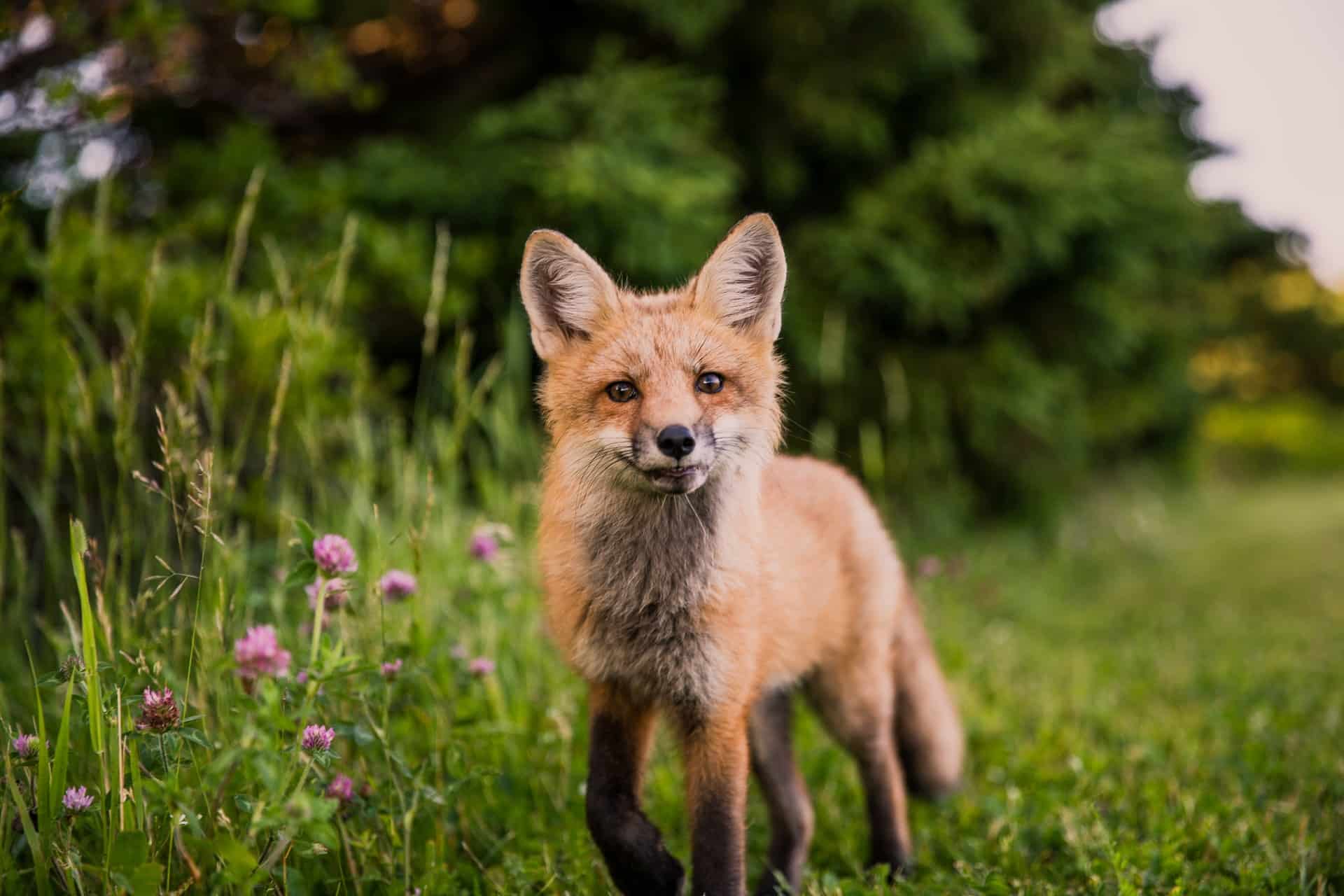
Red foxes are versatile and opportunistic predators, adapting their diet to the availability of food in their environment. Their diet primarily consists of small mammals like rodents, rabbits, and birds, although they are known to consume fruits, insects, and even carrion when necessary. These cunning hunters employ various hunting techniques, including stalking, pouncing, and scavenging, to secure their meals. Furthermore, red foxes exhibit solitary or pair-living behavior, with territories marked and defended vigorously against intruders.
Lifespan
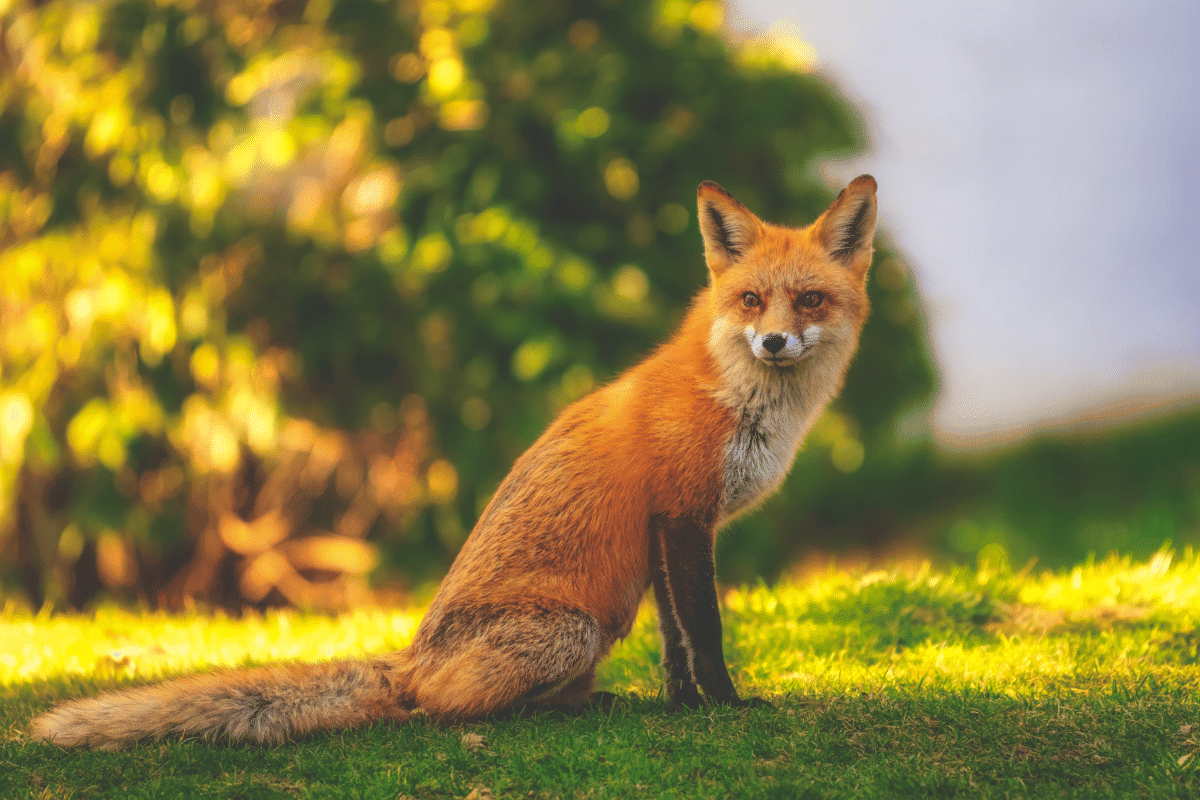
In the wild, red foxes typically live for 2 to 5 years, although some individuals may survive up to 10 years or more under favorable conditions. Factors such as predation, disease, and habitat quality influence their lifespan significantly. Captive red foxes, however, may live longer, with some individuals reaching up to 14 years of age or more.
Wrapping Up with the Largest Fox Species
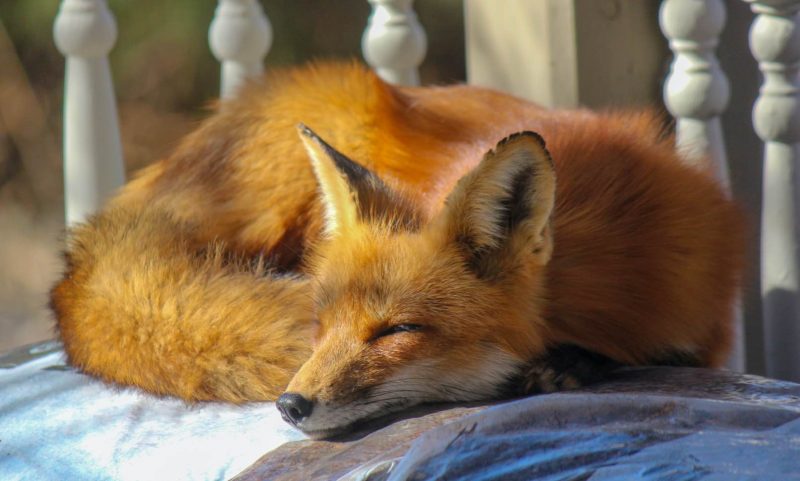
In the vast tapestry of the natural world, the red fox emerges as a symbol of resilience and adaptability. As the largest species of fox, it navigates diverse landscapes with grace and stealth, embodying the essence of survival in challenging environments. From the dense forests of Eurasia to the expansive plains of North America, the red fox thrives, a testament to its remarkable abilities and evolutionary prowess. So, the next time you catch a glimpse of a rust-colored blur darting through the undergrowth, remember the awe-inspiring tale of the largest fox species, the red fox.
Thank you for following along with this article –
Next up in the animal kingdom:
Join our Forum for free today!

- Beachgoers Save Massive Shark Stranded In Florida - July 22, 2024
- Pit Bull Rescued From Being Chained Its Whole Life Gets A Surprise - July 21, 2024
- Dog With Zoomies Takes Flight Into Barley Field - July 21, 2024

